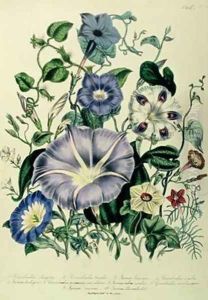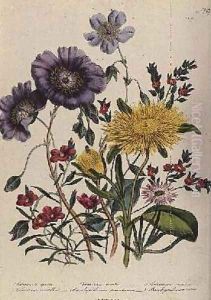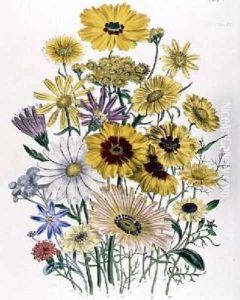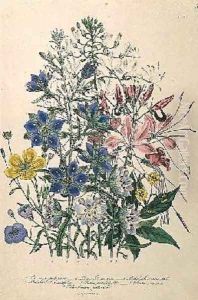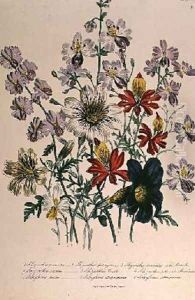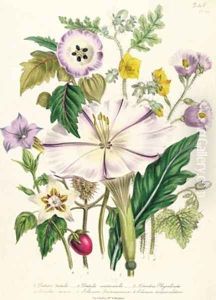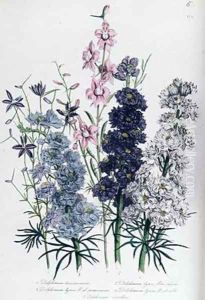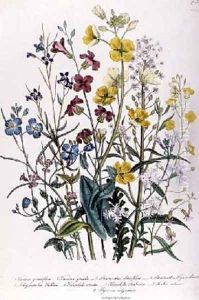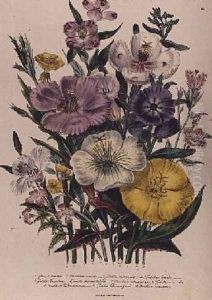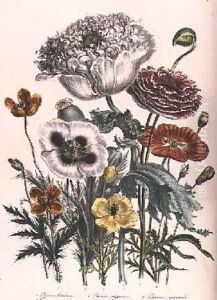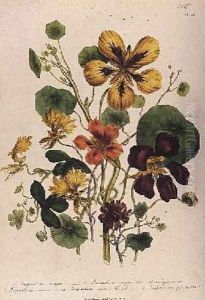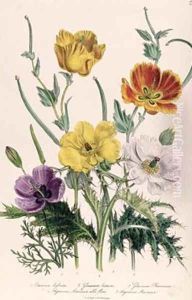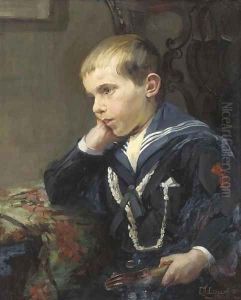Jane Loudon Paintings
Jane Loudon, born Jane Webb in 1807 in Birmingham, England, was an innovative English writer and an early pioneer in the science fiction genre, as well as a significant figure in the world of horticulture. Her initial venture into literature was not in the realm of gardening but rather in the realm of science fiction. In 1827, she published 'The Mummy!: Or a Tale of the Twenty-Second Century', a novel that, with its imaginative foresight, depicted a future filled with advanced technologies, including steam-powered automation and a form of the internet, a rare vision for the time.
After the death of her father, who was a successful manufacturer, Jane faced financial difficulties which led her into the literary world for a livelihood. Her marriage to John Claudius Loudon, a noted Scottish botanist and garden designer, in 1830, significantly influenced her career path. Despite John's initial unawareness of Jane's identity as the author of 'The Mummy!', their shared interests in botany and gardening solidified their partnership.
Post marriage, Jane Loudon's contributions pivoted more towards the horticultural sphere. She wrote extensively on gardening, aiming to simplify the subject for amateurs, especially women, who were becoming increasingly interested in gardening but lacked the technical knowledge. Her works such as 'Instructions in Gardening for Ladies' (1840) and 'The Ladies' Companion to the Flower Garden' (1841) were groundbreaking, as they were among the first to cater to a female audience in this field. Jane's writing was not only instructive but also engaging, blending scientific information with accessible language and clear illustrations.
Jane Loudon's legacy extends beyond her written work. She helped democratize gardening, making it accessible to a broader audience, and her visions of the future in 'The Mummy!' continue to be celebrated for their early depiction of science fiction themes. Despite facing several personal challenges, including the financial difficulties that plagued her family and the early death of her husband, which left her a widow with a young daughter, Jane's work had a lasting impact on both literature and horticulture. She continued to write and publish until her death in 1858, leaving behind a body of work that continues to be of interest to both literary and gardening enthusiasts.
